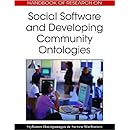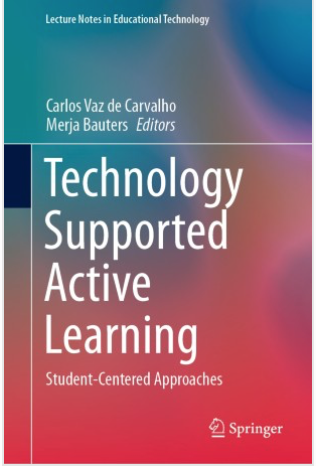
Interactivity and affordances in digital ecosystems
October 30, 2010We have just ended with David Lamas the course Introduction to new media.
Part of the course tasks was concept mapping around new media issues to develop a conceptual system for making sense of new media ecosystems.
Yesterday i have reviewed all the maps and wrote out some more general concepts.
When clustering these concepts i have organized them around central questions:
Who?
How?
Why?
Where?
What?
I have placed the clusters who and how close to each other, because the actors who interact with new media are at the same time the mediators and creators of interactivity.
I have placed where? and why? close to each other, since in some ways they are the results of interaction. But it is not the full picture. The spaces, artifacts and knowledge too serve also as mediators of interactivity for me, since they enable activities and applications.
I have placed the cluster why? in the center to connect possible application areas and activities.
While positioning different clusters on the map it became quite clear that according to the embodied cognition viewpoint in digital ecosystems all the presented components would be intertwined and we cannot talk separately of mediators of action.
In the center of the interaction in embodied cognition is the affordance concept.
Current formalizations of affordances (e.g. Sahin et al., 2007; Ugur et al., 2009) originate from robotics and describe affordances through a triple consisting of the initial percept of the object, the behavior applied, and the effect produced (effect, (entity, behavior)).
So the entity / what is used for defining the affordance, but also what is influenced/ can be from the group of users, spaces, artifacts, knowledge and software (and maybe also from culture, i am particularly thinking of cultural interfaces that include behaviour).
The behaviour can be from the group of activities and behaviour (maybe also from the group of applications, because this gives the goals?).
In really we also need to have so called mental behaviour (such as emotions?).
The effect may be then measured for different targets:
users
places/spaces
artifacts
knowledge
software
culture
This way we can describe always the interaction/coupling between one actor(person) with the entities (embodying) and as a result of affordance perception influencing (having effect) on the entities (disembodying).
One affordance entails always more than one component as entities.
Entity type (user(s); space; artifacts; knowledge; software; culture) affords behaviour (actions; emotions) and it leads to outcome (application goals).
From every entity type only certain dimensions (characteristics, properties) are actualized in particular moment. These can be both processual (what actions), emotional (what emotions), conceptual (what meanings), locative (what positions/places) and structure properties (what size, shape, force, part, region etc.).
The effect has to be measured using the same characteristics e.g. action was completed (at what effect level), emotion was reached (at what effect level?), meanings were strenghtened, positions where changed, spaces were created, some new configuratons of properties were achieved.
So the figure of clustered concepts shows, what will be the affordances and the combined affordances that allow interactivity in digital ecosystems…
For example the affordances that allow interactivity in digital ecosystems meant for spatial storytelling in hybrid ecosystem using the swarming method may be described using the following entities and behaviours:
Entities and properties
individuals /adaptability; flow experience
networks; communities (friendfeeds) / awareness; participatory surveillance
software types (microblogs) / interoperability; openness
PLEs / user customized
knowledge objects /variability, modularity, user-generated
aggregated artifacts / interconnectivity
personal places / shared intersubjectivity
spatial narratives /ontbrands
niches /dynamic, openness
dynamic liquid space /expandability, openness, dynamic
folksonomies
cultural interface/
Behaviours:
personal information management
reflections
narrative experiences
produsage
remediation
social navigation
social accumulation
swarming
community browsing
remixing
emotions
Basically self-directed individuals using PLEs and personal networks (friendfeeds) in hybrid spaces leave write personal spatial (geospatial and spatial in conceptual space) narratives. These will be accumulated as community niches and used for social navigation (basically person adapts to the niche). Spatial swarming appears on top of this activity causing some story prototypes to appear as particular brands. Besides this, individuals also have awareness of each other, which also allows noticing some spatial places and relocate to these places. Such ontobrands allow remediation and remixing of story contents.
So important is interactivity between user-artifact (dimensions that it reveals); user-space ((geo)tags that allow spatial positioning); user-user (perhaps indirectly the flow experience of other users are perceived from their activity frequency, also the focuses of their stories are inferred from artifacts).










Leave a comment